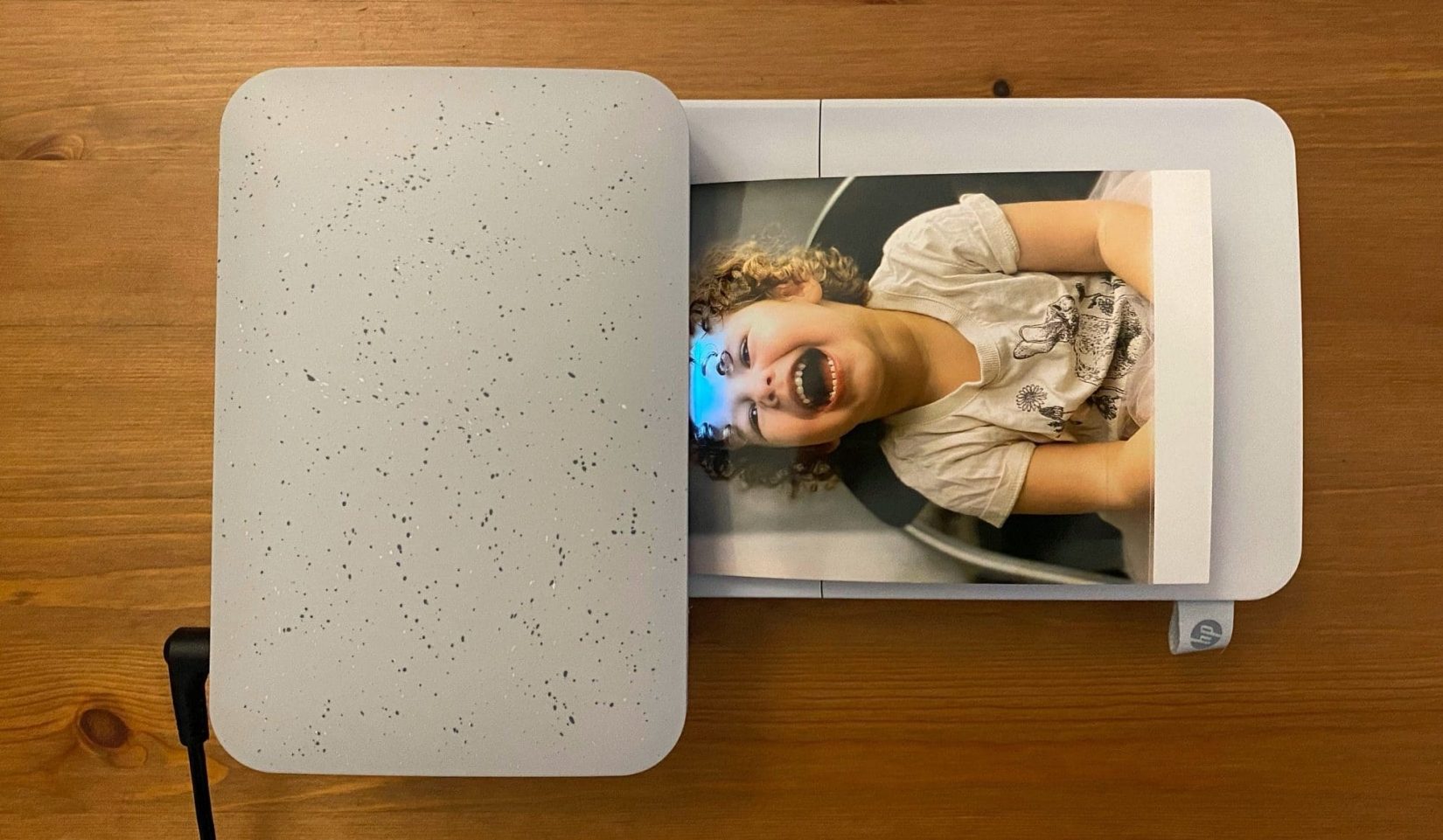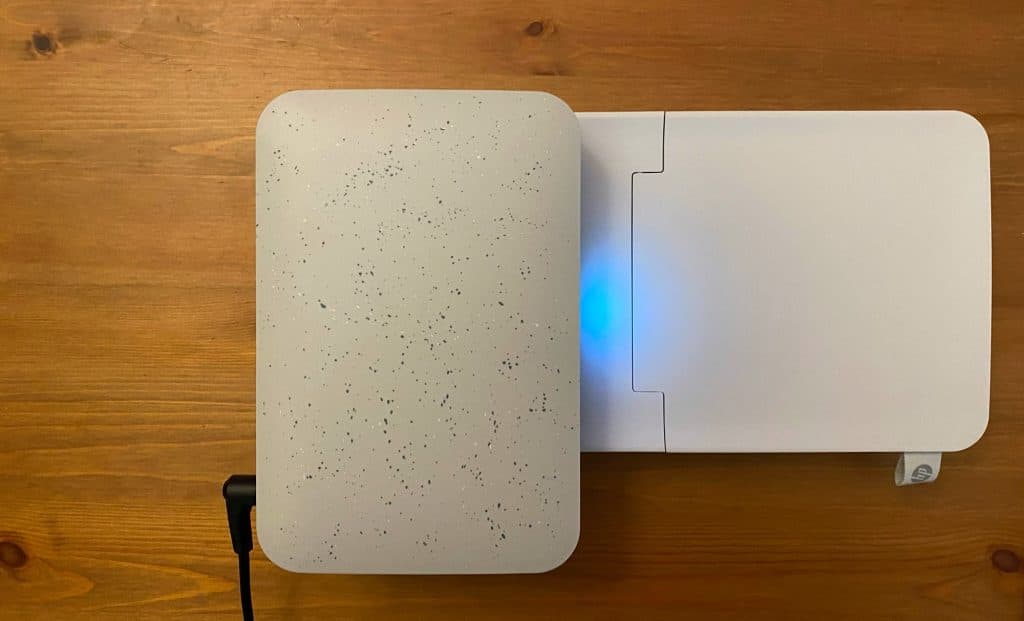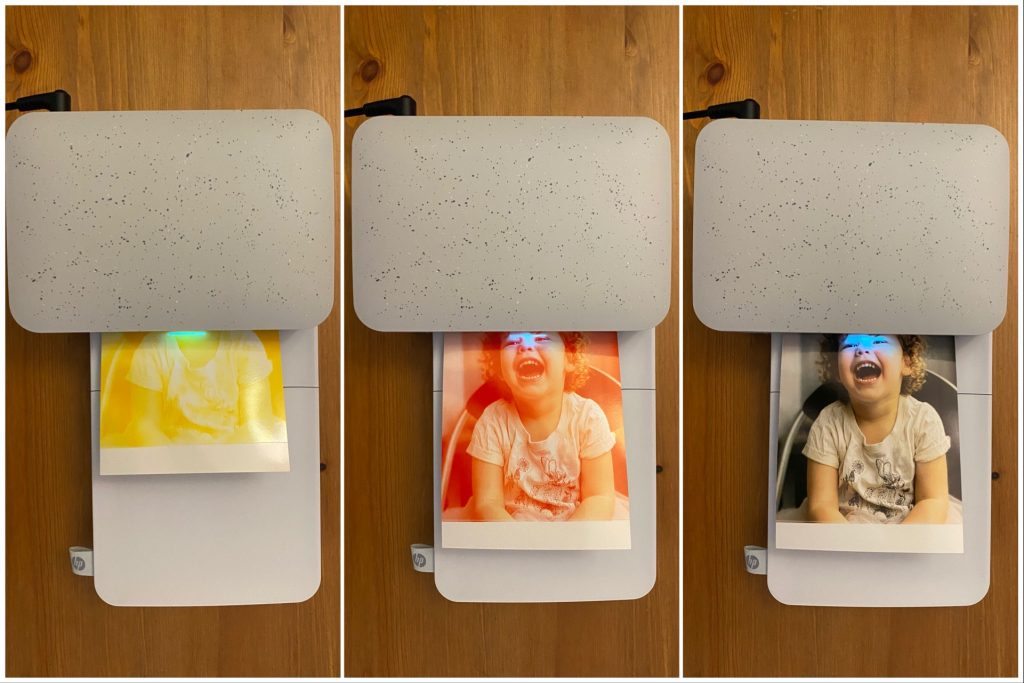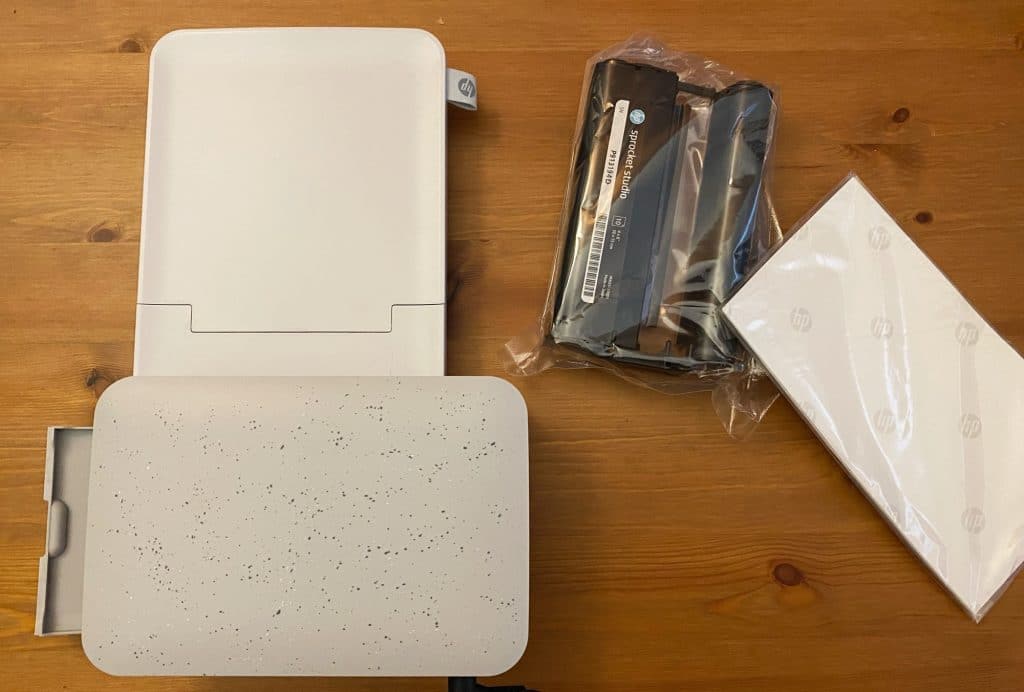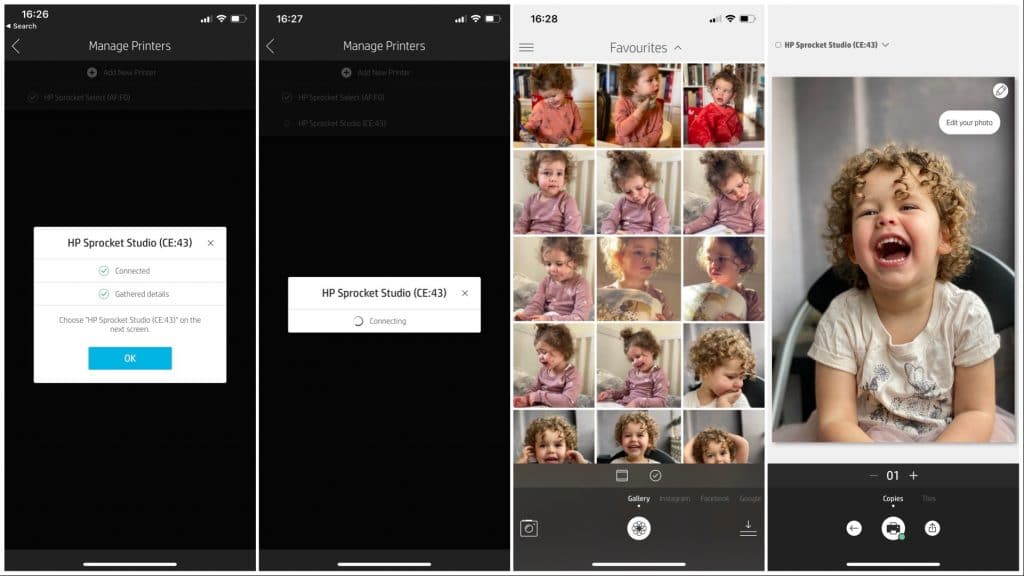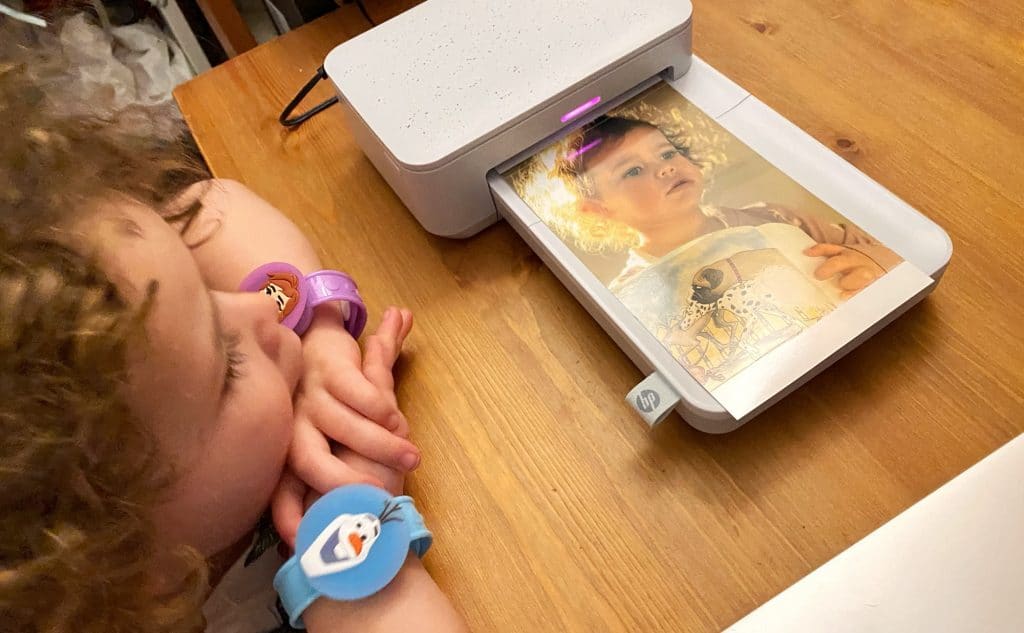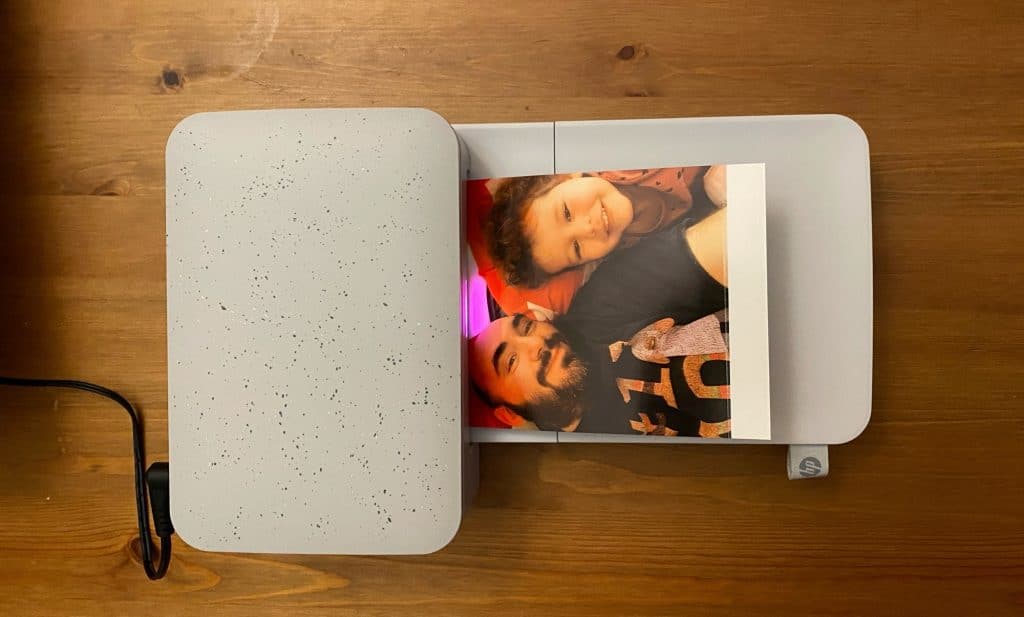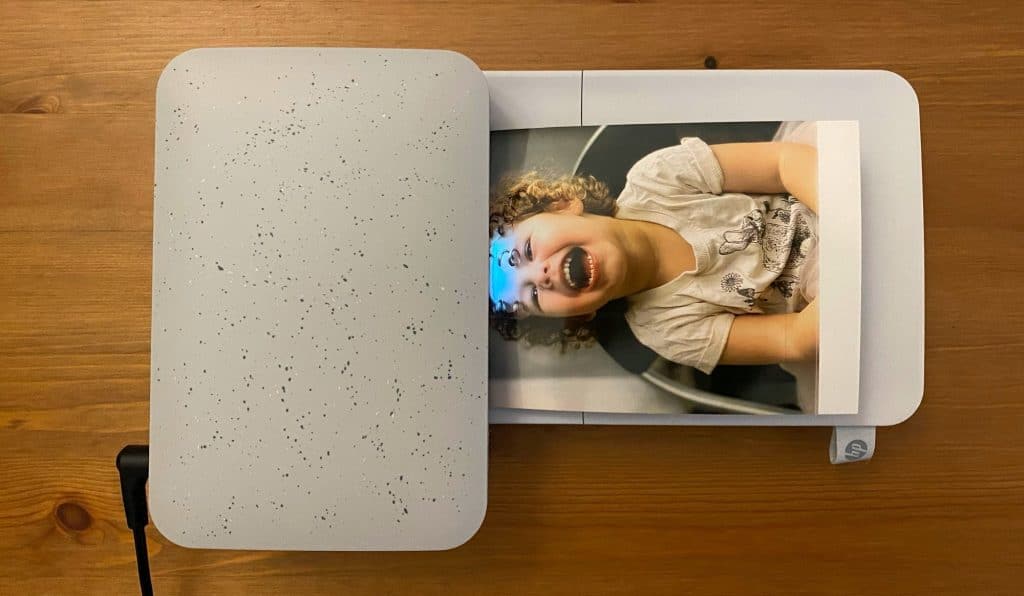Quick review
The good
The not-so-good
Not everyone needs a printer, but if you still want to print photos for friends and are after photo lab quality, HP’s Sprocket Studio is made for the mobile generation.
We live in an online world, which means the joy of printing photos and sending them to friends and family is largely like a part of history, a bygone that doesn’t happen quite as often as it once did.
While we love the idea of having prints from our life stuck on the wall or sent to friends and family, it’s just not something we do as much as we used to. Rather, we send them online to social networks such as Instagram and Facebook, publishing for friends and family.
But printing is still a thing, and something that can make people happy. You can share the pictures and scrapbook with them, and you can simply just archive images you have. And you can even do it for the images captured on your phone.
You may not do a lot of printing for images captured on your phone, but it is something that can happen, you just need a printer that is mobile friendly.
The HP Sprocket Studio is definitely made with the mobile in mind, offering a simple app-connected 4×6 photo card printer that only talks to mobile operating systems, and delivers photos much like your very own mini lab. Is it a must have for at home, or should you look elsewhere?
What is it?
A take on the portable photo printer, HP’s Sprocket Studio is a compact photo printer that takes 4×6 glossy photo cards made for the system, and a special set of ink rollers made to support the specific number of prints you put through it.
It’s not a terribly new concept, relying on the dye sublimation printing technology that transfers colours layer by layer using liquid and heat to print photo lab-quality prints at home. Slightly different than a standard ink printer, “dye sub” (as it’s typically known) can be a little slower than standard ink jets, but tends to be of a high quality, printing cyan, magenta, and yellow to post cards.
What does it do?
The HP Sprocket Studio uses this approach, taking in specially made HP Sprocket 4×6 glossy paper, and using a feed roller system to bring in the paper for each layer, rolling it through first for cyan, pulling it back and then through again with a layer of magenta, rolling it back and pushing it through with a layer of yellow, before doing the rolling thing once more for a clear coat to finish the photo.
Each print takes over a minute, with printing taking around 1 minute and 18 seconds in our tests, before the printed card is released and you’re free to tear the perforated edges to finish the card.
The HP Sprocket Studio works via app on iOS and Android, and needs to be plugged into the wall, unless you opt for a rechargeable battery pack, an optional extra.
Does it do the job?
Plug the Sprocket Studio into the wall, load the dye sub cartridge and small pack of paper, and turn it on, and you’ll find a small photo printer that does one thing: prints small photos.
HP’s small printer is a Bluetooth-only printer, with no ports on the back save for the power cord, connecting to devices for printing using the same wireless transmission that wireless headphones use on your phone. There’s an app to make it happen, and while setup is practically a cinch in the app, you may have to connect to the Sprocket Studio using the Bluetooth settings on iOS, as it doesn’t always register.
Once the first connection has been made, however, the app is good to go on other times: you simply turn the printer on using its one power button, and then send photos to the printer.
You can make tweaks to the images by adding borders and such, and can even print images so they form an almost poster-like grid, with several 6×4 photo cards to form a larger image. Alternatively, you can do what most people will do, which is to just print a nice 4×6 glossy print from your phone, making it handy gift for the relos, or just something nice for you.
What does it need?
While the print quality is actually quite good, we can’t help but think the HP Sprocket Studio needs a lower cost of consumables to make it more compelling, and perhaps support for computers, too.
On the support side, it’s clear the Sprocket Studio is made for the mobile generation, and for people that live without computers, because there’s no support for computers here at all. This is all iPhone, iPad, and Android, which isn’t bad, but does set up limitations quickly.
The cost is the other major problem, because at $219, it’s pretty much made for a limited use: printing photos from a phone, in a generation where phone users typically don’t do that.
Is it worth your money?
It’s worth noting that the value-driven argument is flawed not just because $219 is a lot of money for a printer that only works on mobiles, but also because of the cost of consumables.
Granted, that’s a consideration anyone buying a printer needs to factor in, because while paper is fairly open in terms of choices, ink cartridges are where you can feel the sting of a printer cost quickly. In the case of the HP Sprocket Studio, the consumables are definitely where that happens, particularly when you start counting costs.
For starters, the printer box only comes with enough paper and ink for 10 prints, which forces you to purchase a consumable pack pretty quickly, coming with 80 6×4 cards to print on and two dye-sub ink reels good for 40 prints each. Each ink head is only valid for a maximum of 40 cards, so it’s not as if you can maximise the ink by switching to a lower quality print. This is literally a case of you get what you get.
We found a pack of 80 prints for the HP Sprocket Studio rang in at $60, which in perspective comes in at 75 cents per print. That reads as a fairly high cost for standard 4×6 photo printing, and can only be used with 4×6 print cards. HP’s Sprocket Studio doesn’t make a 5×7 pack for the printer, nor does it make a larger A4 or 8×10.
The results are quite nice, sure, but they’re also much higher priced than the 10 cents per 4×6 your local office supply or electronics shop will likely do them for, with the only added benefit being you can do this in your own home.
By way of comparison, 80 4×6 postcard prints using a photo printer kiosk should cost you around $8.00, though could be a little higher depending on where you go. Comparatively, the HP Sprocket Studio would cost you $60 once you swallow the $219 cost of the printer. That’s a fairly staggering difference, all for the luxury of doing it at home.
It means the HP Sprocket Studio is probably not worth the money you pay, though does make a particularly nice gimmick, such as those used for parties, printing pictures in a nice way.
We found kids found the process quite enjoyable to watch, too, making the gimmick of the HP Sprocket Studio ideal for keeping the little ones entertained, especially if they plan to do some scrap-booking or other creative work.
Yay or nay?
At a price of $219, the HP Sprocket Studio isn’t easy to recommend simply because it only does one thing, and the cost of those all-too-necessary consumables blows this thing out to an initial cost of around $300 for 90 photos very quickly. It’s a curious take on mobile printing, but we’re not sure if it will pay itself off, either.
The HP Sprocket Studio isn’t like an inkjet printer, where you can print numerous things and use many different types of paper. Rather, this is printing only 4×6 cards from your phone, and typically photos. Truth be told, it could be anything from your phone, such as a meme or some graphics, but it’s typically going to be photos.
If the price was a little lower and if you planned to regularly print photos instead of needing to go to a department store or office store to make it happen, the HP Sprocket Studio would be much more compelling and less of a gimmick. That is to say, if the paper was half the cost — $30 for 80 pages — there’s an ink and paper economy that feels a little more normal and much more doable.
As it stands now, the HP Sprocket Studio is a costly gimmick that prints pretty photos, but makes you pay for them. Frankly, we’d look at a better printer overall if you had to print more consistently and in larger numbers, but if you need a cute gimmick to keep the kids interested and don’t mind the cost, the HP Sprocket Studio is certainly something that’ll keep them entertained, at least for a few minutes.



